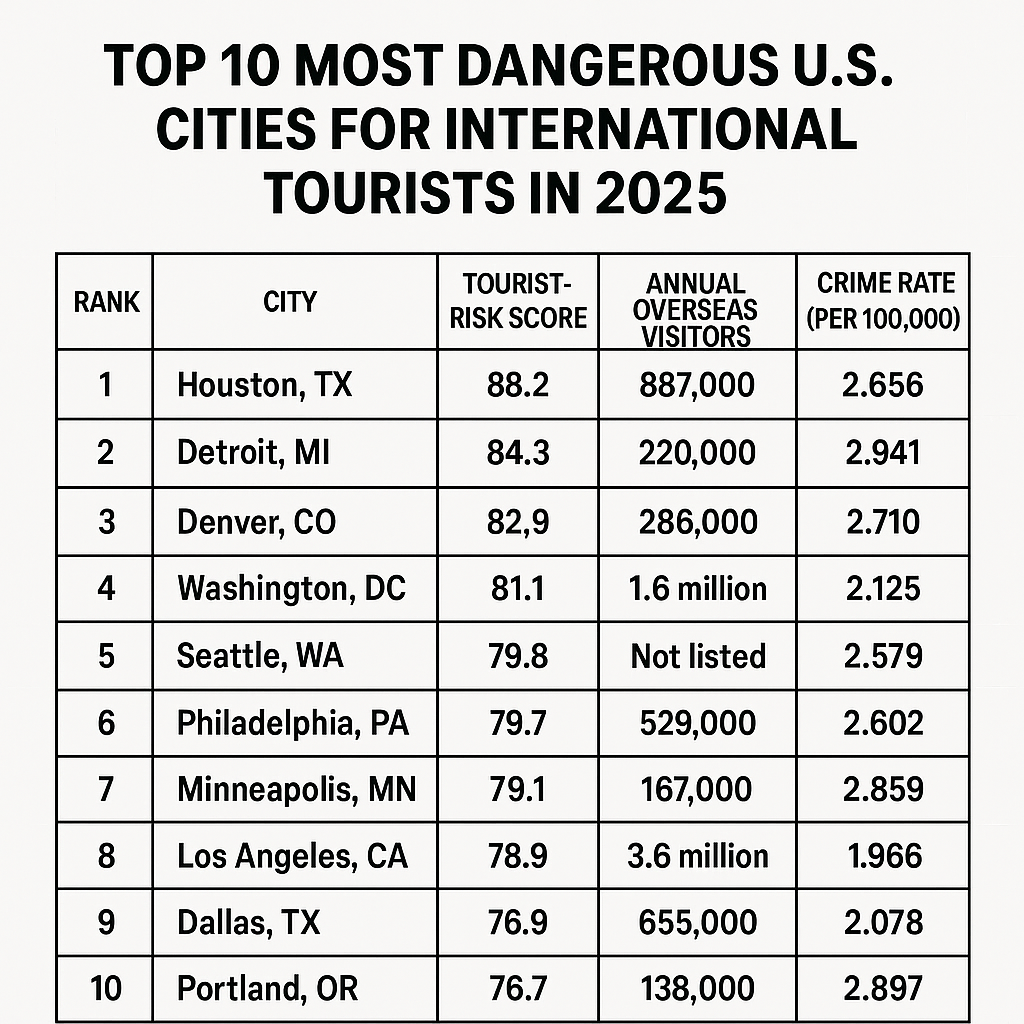Once a little-known corner of the Qinghai-Tibet Plateau, Kanbula Geopark is rapidly gaining international acclaim following its designation as a UNESCO Global Geopark in April 2025. This recognition has not only brought attention to the area’s dramatic geological formations and vibrant Tibetan culture but has also ignited an economic transformation in nearby Deji Village, setting a new standard for rural revitalization in China through eco-tourism.
Nestled in Jianzha County, at altitudes ranging from 2,100 to 4,600 meters, Kanbula is defined by its dazzling Danxia landforms—rugged red sandstone cliffs sculpted by millions of years of wind and water. The vibrant rock formations, dense coniferous forests, and tranquil turquoise waters of the Lijiaxia Reservoir make the park a stunning visual and scientific archive of Earth’s geological evolution. As Hou Guangliang, a geographer from Qinghai Normal University puts it, “Kanbula is a place where you can read a million years of Earth’s history in the rock.”
UNESCO Designation Fuels Infrastructure and Opportunity
Kanbula’s inscription as a UNESCO Global Geopark has catalyzed both domestic and international tourism, drawing eco-tourists, geologists, and culture seekers. It has also prompted government investment in infrastructure—improving roads, water access, and electricity networks in surrounding rural communities. For Deji Village, this marks a profound turning point.
Deji was originally established in 2016 as part of a targeted poverty alleviation and relocation initiative. The Qinghai government invested over 77 million yuan (approx. $10.8 million USD) to resettle 946 residents from remote, high-altitude hamlets lacking access to education, healthcare, and basic utilities. The new location, at 1,960 meters above sea level and within the boundaries of Kanbula Geopark, gave residents not only better living conditions but also economic hope.
Eco-Tourism Redefines Livelihoods
With the surge in tourist arrivals, Deji Village has embraced eco-tourism as a sustainable development model. Residents, many of whom are Tibetan farmers and herders, have become hosts of guesthouses, local guides, and artisans. These homestays, encouraged and partially funded by the government, provide visitors with immersive cultural experiences while giving villagers a stable source of income.
One such success story is Jiao Baji, who now runs a profitable two-story guesthouse. With initial support from the government—80,000 yuan in subsidies—Jiao’s family added modern amenities like a kitchen and bathroom. Her guesthouse has not only improved her family’s income but is a step towards establishing a future restaurant, all while maintaining her Tibetan heritage.
“The government helped us build our house,” Jiao said. “We only had to raise 10,000 yuan ourselves. Now we host visitors almost every weekend.”
Green Energy and Economic Diversification
Deji’s transformation also includes renewable energy development, thanks to a partnership with the China Huaneng Group. Rooftop solar panels now power most homes, and surplus energy is sold back to the grid, generating an average of 4,000 to 5,000 yuan annually per household. This diversification beyond agriculture further strengthens the village’s economic resilience.
By the end of 2024, Deji’s average per capita income had soared to 17,600 yuan, more than triple the figure prior to relocation. The shift to tourism and green energy not only lifted families out of poverty but also set a benchmark for sustainable development in ethnic and rural areas of China.
Cultural Preservation and Tourism Integration
Beyond economic gain, tourism in Deji is fostering cross-cultural exchange. Mandarin language courses and hospitality training have been introduced to help locals engage with visitors from across China and abroad. Despite the remote setting, the village bustles on weekends and public holidays, with tourists drawn to its authentic Tibetan traditions, panoramic views, and warm hospitality.
Local artisans also benefit, with handicraft sales and traditional performances becoming popular features of the village’s visitor experience. These elements create a holistic and culturally respectful tourism model, where heritage is preserved and shared.
A Model for Sustainable Rural Development
As more travelers seek meaningful and environmentally responsible travel experiences, Kanbula Geopark stands out as a model of sustainable rural development. Its integration of ecological preservation, cultural respect, and poverty alleviation is being observed by other regions in China and internationally.
While the future will require careful balancing between tourism growth and environmental conservation, Qinghai’s success with Kanbula and Deji Village demonstrates how marginalized communities can thrive when supported by thoughtful policy, local engagement, and natural heritage.
The transformation of Deji Village from poverty to prosperity through the Kanbula Geopark initiative is more than just a tourism success—it is a story of resilience, adaptation, and hope for rural communities across China and beyond.
For more travel news like this, keep reading Global Travel Wire






















